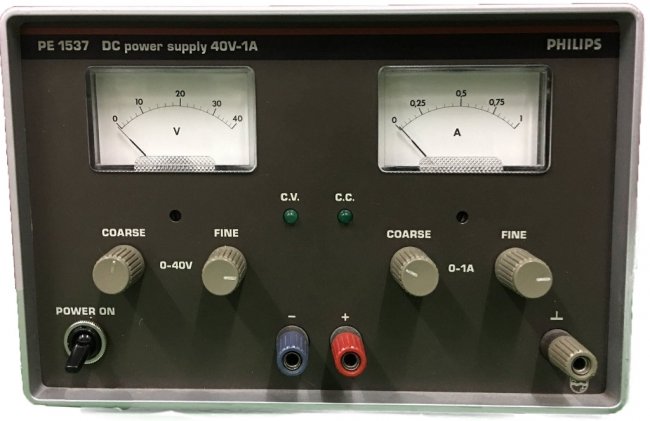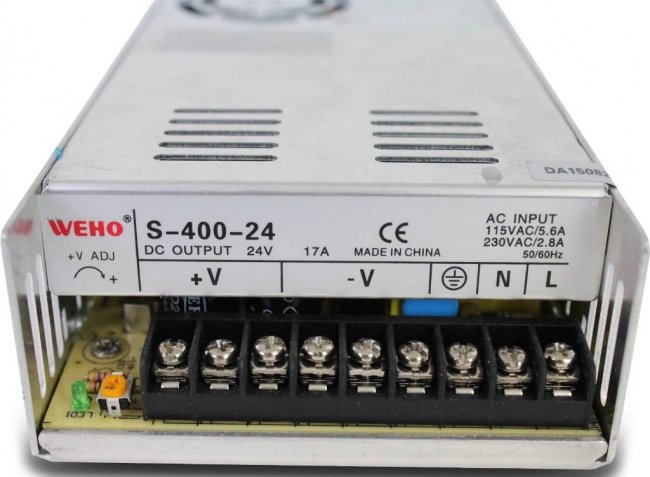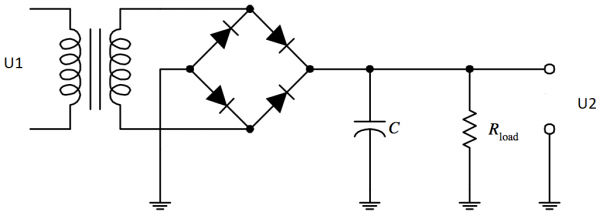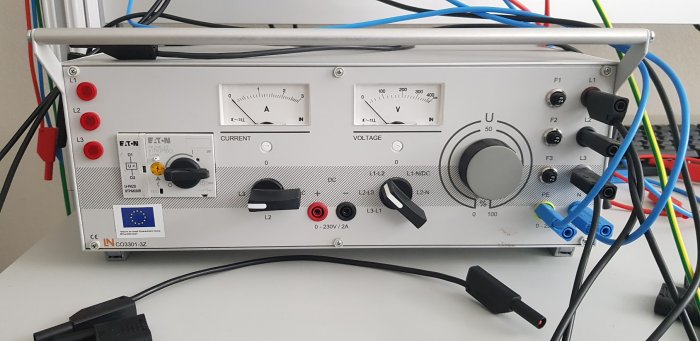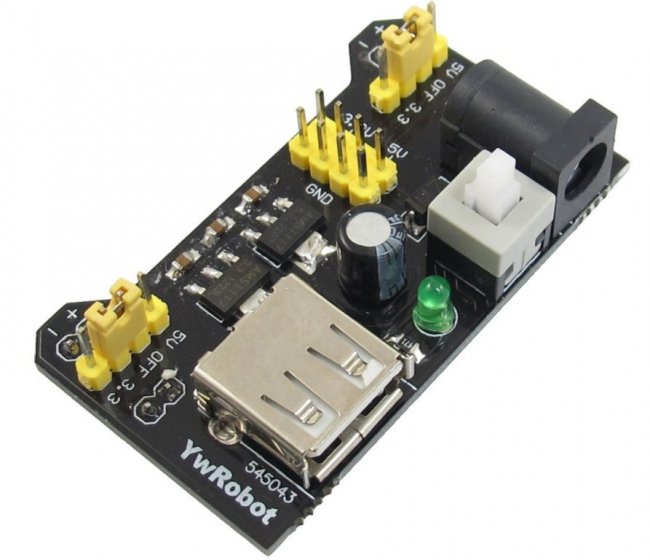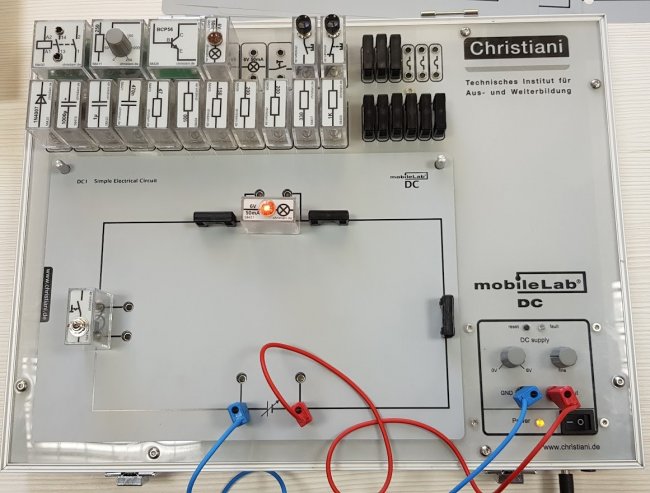Types of power supply
In electrical engineering, a power supply is a device that converts electrical energy into the output electrical voltage, current, and frequency required by a connected electrical appliance. It converts alternating current to direct current and powers various electronic devices (computer, TV, printer, router, etc.). There are two different types of power supplies: a voltage source (provides constant voltage) and a current source (provides constant current).
Power supplies for electronic devices can be mainly divided into linear and pulsed:
- linear power supplies in which the corresponding element is a transformer (there are also linear power supplies without transformers);
- switching power supplies using various types of electronic systems (voltage converters);
Linear ones have a relatively simple design that can get more complicated as the current they need to supply increases, but their voltage regulation isn't very efficient for them.
Power is an integral part of many devices. Some of the main types are:
- Impulse power supply unit. Currently, most power supplies are manufactured in the form of switching power supplies. Their advantage is mainly lower weight. When solid-state control and power supplies were not yet available, heavier, more durable transformer power supplies were used to allow low-cost switching power supply designs.
- Computer power supply. Computers contain a switching power supply that converts low AC voltage from the distribution network (230 V, 50 Hz) into the low voltage used in the computer's electrical circuits (DC 3.3 V, 5 V and 12 V).
- Network adapter. It is a small switching power source shaped and sized like a standard electrical plug (such as a mobile phone charger) used on a 230 volt mains supply that provides the low voltage required for a particular electrical or electronic device. AC adapters are typically used with devices and appliances that do not have their own internal power supply.
- Welding power source. Welding sources provide a high current (typically hundreds of amperes) that allows the metal to locally melt and thus join. Previously, so-called welding transformers were used (with special electromagnetic transformers designed for high welding currents), more modern are welding inverters with electronic control.
Internal resistance of the power supply
An ideal power supply, as a voltage source, always provides the same voltage regardless of the connected load (i.e. the supply voltage is constant at different current draws).
However, there is no perfect source because internal resistance a true source limits the maximum current that can flow through the circuit.
This power supply can use a voltage regulator to provide a stable output voltage, which is provided by the voltage drop (the difference between the input and output voltages of the regulator). Example — Switching voltage regulator
So according to the quality of the output voltage, power supplies are distinguished:
- stabilized sources, the voltage of which is maintained at a constant level, regardless of current fluctuations,
- unregulated sources where the output voltage may vary with current fluctuations.
Transformer linear power supplies
Classical linear sources consist of the following elements: a transformer, a rectifier, a filter and a voltage regulator.
Linear power supply schematic diagram
First, the transformer converts the mains voltage into a reduced voltage and provides galvanic isolation… A circuit that converts alternating current into pulsed direct current is called rectifier (diode bridge circuits are used for rectification), then a filter with capacitors and inductors reduces the ripple. More about filters — Power filters.
Regulation or stabilization of the voltage to a given value is achieved using the so-called A voltage regulator in the construction of which transistors.
The transistor in the circuit acts as an adjustable resistance.At the output of this stage, in order to achieve greater stability in the wave, there is a second filtering stage (although not necessarily, it all depends on the design requirements), it can be a conventional capacitor.
Among the power supplies there are those in which the power supplied to the load is regulated by thyristorsto supply the required voltage and power to the load.
German laboratory power supply
Modern linear power supplies
Stabilization of the voltage in the basic type of linear sources is achieved by connecting a special element in parallel with a circuit fed by an unregulated source of higher voltage through a suitable resistor, whose current-voltage characteristic shows a sharp increase in current at the required voltage. It is such an element Zener diode, which operates over a wide range of threshold voltages.
The disadvantages of a zener diode power supply are relatively low output voltage stability, a relatively small current range, and particularly low efficiency, as electrical energy is converted to heat in the series resistor and in the zener diode itself.
Modern linear sources (usually in the form of an integrated circuit) use a variable impedance element (linear mode transistor) which is controlled by feedback based on the difference between the output voltage and the DC voltage from an internal reference voltage (based on a diode circuit, but with small direct current).
Typical linear sources are 78xx ICs (eg 7805 is a 5V voltage source) and their derivatives.
The disadvantage of such linear power supplies is their low efficiency (and because the power dissipation in the integrated circuit varies with heat and the need for cooling), especially when there is a large difference between the input and output voltages and high currents. It is also sometimes disadvantageous that the output voltage is always lower than the input voltage.
The advantage lies in their low cost, small size, ease of use and lack of interference from the outside and in the electrical circuit.
Built-in power supply in an electrical engineering laboratory
Switching power supplies
In pulsed power supplies, a field-effect transistor is used, which periodically closes at a relatively high frequency (tens of kHz or more) and increases the input voltage of a circuit consisting of a combination of a coil, a capacitor and a diode. With a suitable combination of these elements, it is possible to achieve voltage decrease and increase.
Another type of pulsed power supply is a power supply with a transformer and a subsequent diode rectifier, which takes advantage of the advantageous properties (smaller size of the transformer at high currents, lower magnetic losses) of modern magnetic materials (ferrites) at high frequencies. By changing the frequency, you can achieve a change in the output voltage.
Thus, such a power supply includes a circuit (usually in the form of an integrated circuit) that provides frequency variation based on feedback from the output voltage to provide a stable output voltage under varying loads.
More on switching power supplies: General principles, advantages and disadvantages of switching power supplies
Because switching power supplies operate with square-wave voltages and currents, they typically emit electromagnetic waves over a wide frequency range. Therefore, when creating and using them, it is necessary to observe the principles of electromagnetic compatibility (EMC).
Laboratory equipment
In a workshop or laboratory, a precision power supply is used for measurement, testing and troubleshooting. These lab power supplies convert, rectify, and regulate voltages as well as output currents so that measurements can be made without damaging the devices under test.

